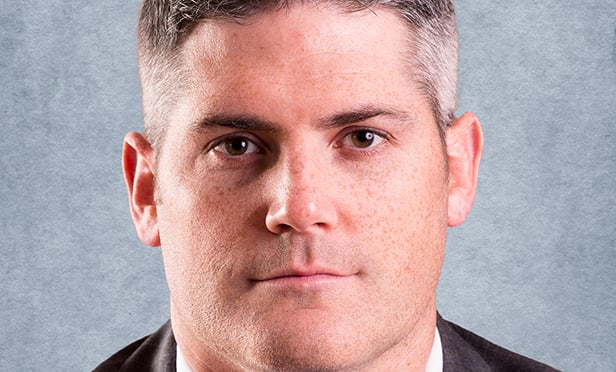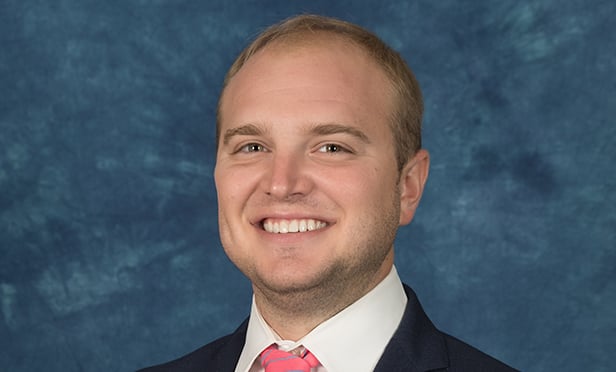HOUSTON—Technology, demand and right-sizing are revolutionizing traditional office from every angle. NAIOP's O.CON: The Office Conference, held June 24-25 here, leads the conversation on what's driving the future of office. The inaugural O.CON will showcase creative spaces and retrofits that meet today's demand, and talk about what to do with dinosaur inventory, hear from end-users on space requirements, and talk with developers and investors who are doing the deals.
GlobeSt.com recently caught up with Rick Collins, president of SouthWest-Ryan Companies US, Inc., to find out more about a panel he's participating in: "How Are Corporate Users Changing Office Space Utilization?"
In this session attendees will hear from a multi-disciplined panel of experts on how use of office space by large corporate users continues to evolve.
GlobeSt.com: Which strategies have worked for corporate users and which have not?
Collins: Corporate users are now more focused on flex space; and they are not just focused on millennials. The approach needs to be multigenerational—some employees may want to work in a cube while others prefer a couch or a more open space. Mobility is important—they may work at different stations on different days. Users are also looking at cost per employee rather than cost per square foot.
GlobeSt.com: How have younger workforce demographics changed their thinking?
Collins: The younger workforce is more used to working in a collaborative environment. They are not as easily distracted. They are also less likely to own a car so transit becomes important.
GlobeSt.com: What must a developer or owner of office buildings consider in terms of parking requirements, HVAC utilization, power requirements and bathrooms?
Collins: Many buildings that are 20 to 25 years old have insufficient parking, HVAC and power. This causes corporate users to look at the function of the building—there is far less importance placed on architecture. They are also looking for those higher parking ratios because suburban buildings do not have sufficient transit and there are still many suburban office buildings. It's not unusual to want larger bathrooms than what is required by building code. Depending on the type of business, there may be more male or female employees so than may come into play as well.
GlobeSt.com: What can we expect from the panel?
Collins: The panel will include representatives from major corporate user real estate departments, interior design and corporate user representation, and they will bring their expertise based on their unique day-to-day experience.
© 2024 ALM Global, LLC, All Rights Reserved. Request academic re-use from www.copyright.com. All other uses, submit a request to [email protected]. For more information visit Asset & Logo Licensing.








